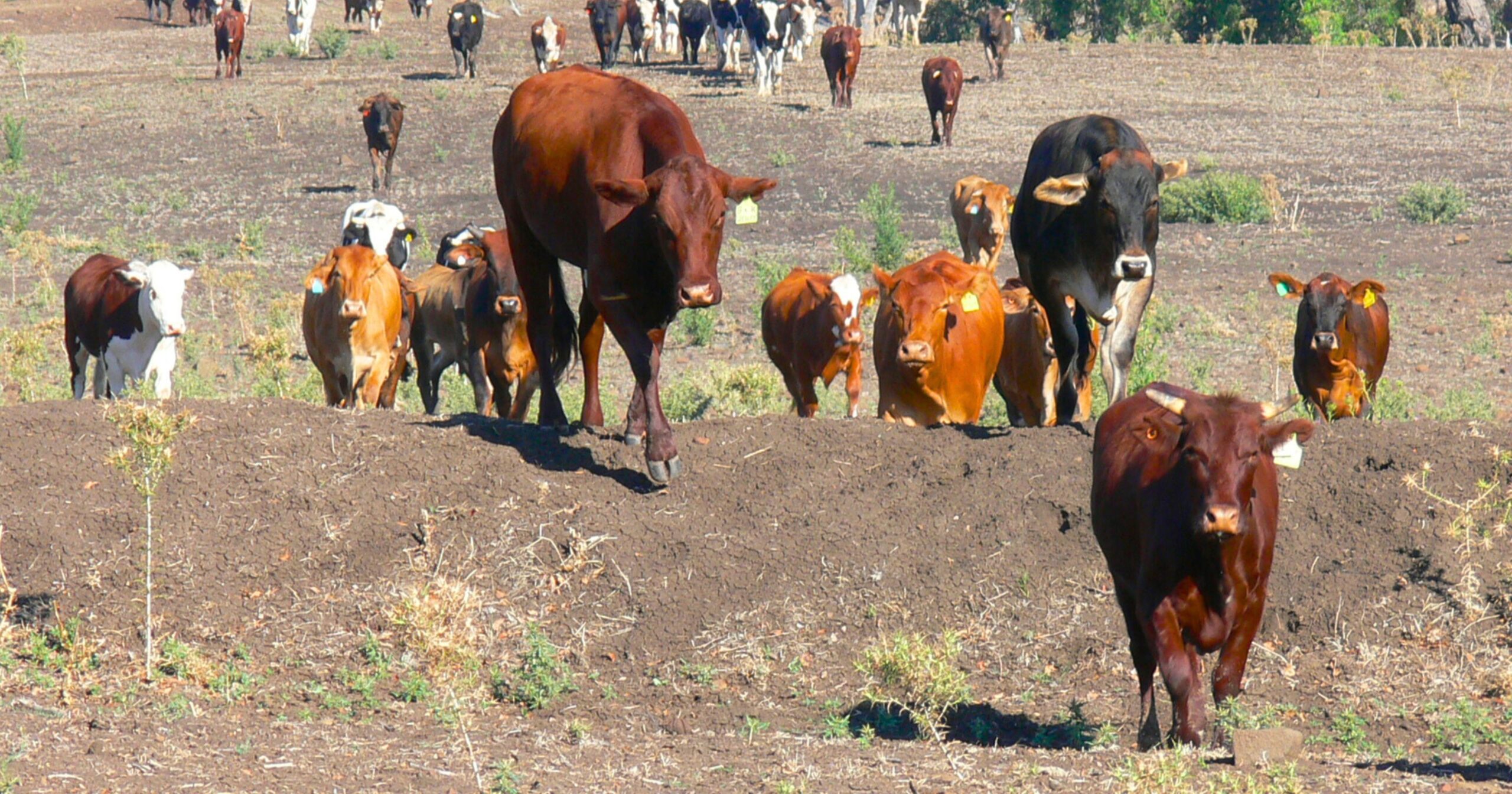Solutions to the roadblocks in Australia’s renewable energy drive
More than 110 countries are striving to achieve net-zero emissions in alignment with The Paris Agreement, yet Australia currently lacks a well-defined strategy for renewable energy. As Australia continues to announce its commitment to modernising its electricity grids to support more renewable power, decarbonise existing industries and create new clean energy industries, the ‘what’, ‘when’ and ‘where’ of specific infrastructure, technologies and methods are lacking. Approval times for renewables projects are too slow and investors are deterred by an uncertain environment. Jan Kwak, Managing Director of Australia and Asia for leading global services firm Hatch, offers a range of solutions that can be deployed to help Australia create a defined and clear renewable energy plan.
Hatch is an award-winning multidisciplinary leader in engineering, project management, and professional services with projects in the metals, energy and infrastructure industries, and draws on the expertise of 10,000 specialist employees in 150 countries to tackle some of the world’s toughest challenges. However, Jan warns that few are more daunting than this.
Australia is yet to agree on, and significantly invest in, one form of renewable energy to its full advantage. This means that just 36 per cent of the country’s total electricity generation was powered by renewable energy in 2022.
Jan says, “Australia wants to achieve an 82 per cent use of renewable energy across the power system by 2030, a huge leap up from today’s 27 per cent. To reach that milestone, we need to be installing around 22,000 solar panels every day and 40 super-sized wind turbines every month, but today we are not achieving anywhere near that pace.’
“Companies and governments that are serious about their sustainability roadmaps need engineering advisory and technology providers such as Hatch to develop effective solutions.”
Jan says modernising the electrical grid, developing new sources for sustainable power generation, technologies for alternative fuel and optimising energy assets are crucial in meeting supply demand.
Short supply
Current methods of lithium extraction are relatively slow and extremely resource heavy. Demand for battery minerals, such as lithium, is forecast to increase by 40 times 2020 levels by 2040, while demand for cobalt and graphite could rise by 20 times and for rare earth elements by seven times.
Currently the most common way to extract lithium is through hard-rock mining in the form of underground clay however, this often leaves high concentrations of lithium behind and is inefficient.
“There are plenty of other ways to mine lithium which we aren’t taking full advantage of. For example, there are extensive amounts of lithium in our seawaters – we need to start investing more in new technologies to bring the cost of extracting lithium from seawater down,” says Jan.
“Another solution to increasing access is through increased investment in recycling plants. Currently brine mining involves evaporating the brine in large pools over a period of 1-2 years. This is an extremely inefficient process. A newer process called direct lithium extraction is far more cost-effective, produces higher concentrations of lithium and takes significantly less time overall. Not only is it economically more feasible and helps meet the significant demand for the resource, but it’s also more environmentally friendly.”
Roadworks ahead
With global expertise in engineering and infrastructure, Hatch warns that transporting large numbers of huge wind turbines around Australia will prove a major logistical exercise requiring big spending to bring our current road network up to standard.
Turbine blades can be over 100 metres long and weigh over 20 tonnes, says Jan, and many key transport routes across the country are effectively blocked to them by low bridges, tight turns and other obstructions that will require major infrastructure investment to rectify.
“The transport of wind turbine materials and equipment needs to be safe and efficient if we are to meet our energy goals,’’ he says.
“Roads and bridges will need to be maintained and upgraded and maintained to sustain heavy vehicles and to cope with the weight of cargo. Rural roads with big dips and vertical changes can’t accommodate these loads and vehicles.
“With government and local authority infrastructure budgets under pressure, private investment will be needed to help fund these accommodations.”
Transmission lines and distribution networks are needed to transport he energy to the consumer. “Transmission lines need to transfer power under varying environmental conditions for potentially hundreds of kilometres and require extensive construction equipment.”
Increase energy storage options to reduce prices
With power prices continuing to rise – an estimated 20-25 per cent in the second half of 2023 – Jan says our renewable energy industry needs to be developing energy storage solutions now, in the form of hydro or battery storage.
“If we are to achieve anywhere near our net zero goals, storage needs to increase rapidly in the form of grid-scale batteries and pumped-storage hydropower. Across the globe, we are starting to see battery storage systems which can hold enough renewable energy to power thousands of households, however Australia is extremely behind,” he said.
“Take the Moss Landing battery storage in California, United States, for example. The lithium-iron battery can power around 300,000 homes four hours each evening when energy demand is at its peak.”
A recent report by the Australian Energy Market Operator showed that renewable energy drove the wholesale cost of energy down from $93 per megawatt hour in the December 2022 quarter, to $83 per megawatt hour in the March 2023 quarter.
“This demonstrates an urgency to increase investment immediately in low-cost, renewable energy battery storage if we are to see these type of price drops continue into the future – the data is there. Renewable energy does help lower electricity bills and ease bill shock.”
One of the biggest challenges of storing renewable energy is that it is currently still quite expensive.
“For example, scientists are currently looking at safer battery storage solutions. A form of all-liquid battery, known as flow batteries, allows for super-fast charging and makes it easier to make big batteries that store more energy. Currently, they’re very expensive – but increased investment and research could help bring the price down.”
“The other challenge with current battery storage is the limited supply of lithium and cobalt which is necessary to make them. We need to invest in lithium and cobalt recycling plants, as well as design batteries based on other resources which don’t require lithium or cobalt.”
More migrants with engineering qualifications
Jan says Australia needs to prioritise international migrants with skills in engineering and planning. Australia’s skills shortage is already threatening the roll-out of many infrastructure projects around the country, and the Clean Energy Council has warned that we run the risk of being unable to meet our climate targets unless the current and growing labour shortages and skills gaps across the clean energy industry are filled.
“The kind of expertise we need to decarbonise our economy takes a long time to develop and is in short supply worldwide,’’ says Jan. “We will need a concerted national effort to ensure that our educational and business institutions are producing the army of skilled labour we will need into the future. Increased investment in apprenticeships and increased places for migrants to fill these apprenticeships is critical.”
Regulation and policy
One of the greatest challenges Australia faces with increasing the supply of renewable energy is inconsistent regulation and policy. Jan says Australia needs highly skilled and experienced consultants working with all levels of government and permits need to be provided to give the green light on renewable energy projects faster.
“Renewable energy policy needs to be managed at a higher level of government than local councils. Local councils do not have the expertise to manage complex projects. This causes significant delays in timelines and causes confusion.”
“This type of confusion and uncertainty hinders investor confidence, which ultimately means less renewable energy.”
A better business case for investors
Jan says renewables projects need the correct commercial model. Currently, there is too much risk put onto contractors and the business case put forward is not strong enough. This leads to issues in funding, as the risk for investors is too high due to a planned return on investment that is not guaranteed.
“We need to develop clearer plans which include renewable energy zones, better balanced suppliers, and show a clear business case with guaranteed outcomes. Currently, the financing and delivery models are not set up to succeed. Renewable energy projects cannot always guarantee how much energy will be delivered, yet investors are still financing for a specific output. Access to effective risk mitigation instruments is necessary to help private investors feel confident. This can include guarantees, currency hedging instruments and liquidity reserve facilities. Further, to increase investment capital, renewable energy projects need to more accessible to mainstream investors to help smaller projects be pooled together. Tools such as green bonds can help attract greater liquidity and long-term finance.”
Public Support
Jan says while people like the idea of renewables, the reality is a large proportion of the public do not want to pay for it or want it in their own backyard. Renewables leave a big footprint and Jan says people have a right to be cautious and feel unsure.
“While I think there is also a lack of education surrounding renewables, ultimately the biggest issue in maintaining public support is the cost and logistical barriers. Once the infrastructure for renewable energy grows, we may start to see an increase in support. People can’t support what they’re not seeing.”
“Renewables also require significant space and land. Take wind turbines, for example – they need to be spaced out across large farms or vacant land. There are environmental concerns, which is hindering the public’s ability to get on board.”



















